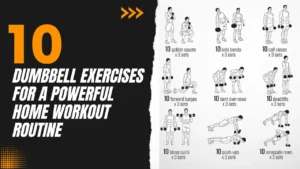Shop By Category
- Cardio Equipment
- Commercial Equipment
- Fitness Accessories
- Variation 1
- Variation 2
- Fitness Accessories
Kid's Trampoline with Stand "48" Inches
0 out of 5₨24,800Original price was: ₨24,800.₨24,500Current price is: ₨24,500.
- Weight Training
00



















